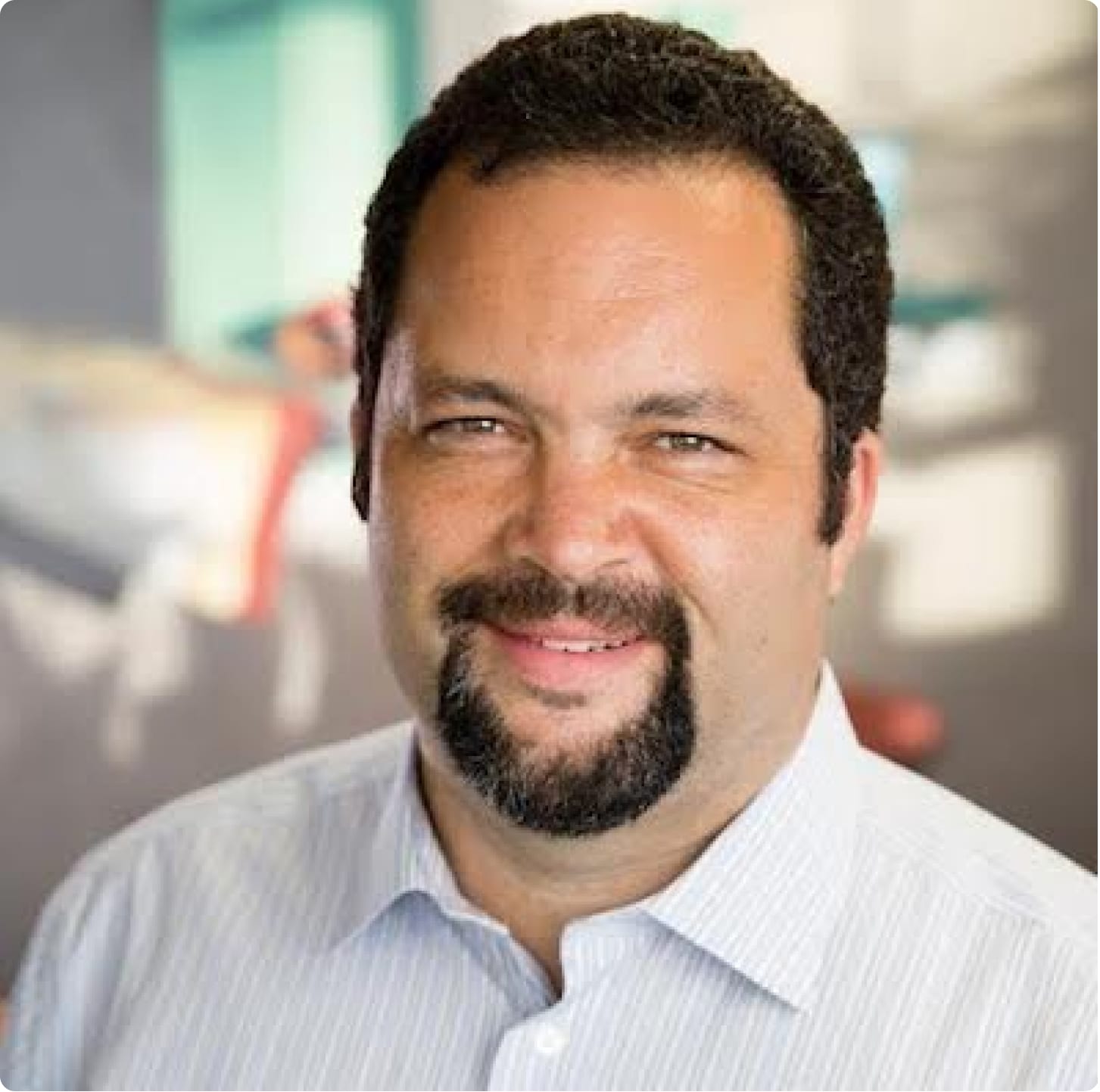No More Fear: It’s Time To Reform Policing In Baltimore
On the evening of April 31, 2012, someone broke into Ashley Overbey’s home in Northeast Baltimore. When Overbey returned from work and noticed her home was awry, she called the police. The responding officers were rude, according to Overbey. They told her, “You live in Baltimore; what do you expect?” She called to file a complaint, and a few more officers arrived—some were helpful, some were not.
Then, as Overbey has recounted, events took an alarming turn. One officer shoved her against a wall and began to hit her. When additional officers arrived, one of them shocked her with a Taser.
Overbey was charged with assault and resisting arrest. The charges were later dropped. She sued the city and won a $63,000 settlement. But her ordeal was far from over. More than a year later, when Overbey defended herself online against accusations that she had instigated the arrest, she received notice from the city of Baltimore that she had violated a “nondisparagement clause” in her settlement agreement. The city withheld half of her settlement.
Ashley Overbey later told an audience that she fears the uniformed officers of the Baltimore Police Department “more than she fears any criminal or thug on the street.” Her experience is representative of too many people in Baltimore—particularly people of color and residents of low-income neighborhoods—who feel that police officers are disrespectful, overly aggressive and often able to act with impunity.
Amid the Baltimore uprising following the death of Freddie Gray, Baltimore Mayor Stephanie Rawlings-Blake promised greater accountability and transparency for the Baltimore Police Department. But those changes have been slow to come. And just last week, a video surfaced of a police sergeant spitting on a handcuffed subject.
In that spirit, a diverse coalition of faith leaders, grassroots activists and community organizations in Baltimore—the Campaign for Justice, Safety and Jobs—recently released a police-reform agenda consisting of six crucial reforms. The reforms are straightforward: Fire police officers who have demonstrated corruption or unnecessary violence; remove the “gag order” on victims of police misconduct that silenced Ashley Overbey; speed up the distribution of body cameras; promote community policing; publish all police department policies online; and improve de-escalation training. Each of these reforms can and should be adopted immediately—without any changes to state law—by the mayor, police commissioner and City Council.
These are not pie-in-the-sky ideas. They are reasonable demands based on other cities’ experiences, meant to make the BPD more accountable, more transparent and ultimately more effective at working with the community to prevent and solve serious crimes.
They are also achievable. In 2001 the Cincinnati Police Department came under intense scrutiny after officers killed Timothy Thomas, a 19-year-old black man. In response to community demands, the department shifted to a community-policing model, encouraged officers to interact more with community members, started tracking officers who received an abnormal number of complaints and took steps to improve transparency.
Over the next 15 years, Cincinnati saw a 69 percent drop in police use-of-force incidents, a 42 percent drop in citizen complaints and a 56 percent drop in injuries experienced by citizens during encounters with police. Importantly, violent crime dropped from a high of 4,137 incidents in the year after Timothy Thomas’ death to 2,352 incidents in 2014.
The eyes of the nation are on Baltimore. As so many cities across the country deal with the consequences of aggressive policing and the demands of activists like the #BlackLivesMatter movement, Baltimore has a chance to be a model for reform. The city’s elected and appointed officials need to listen to the long-standing demands of the community and make sure that the Baltimore Police Department is serving its true purpose: to maximize safety, decrease victimization and ensure that justice is served.

